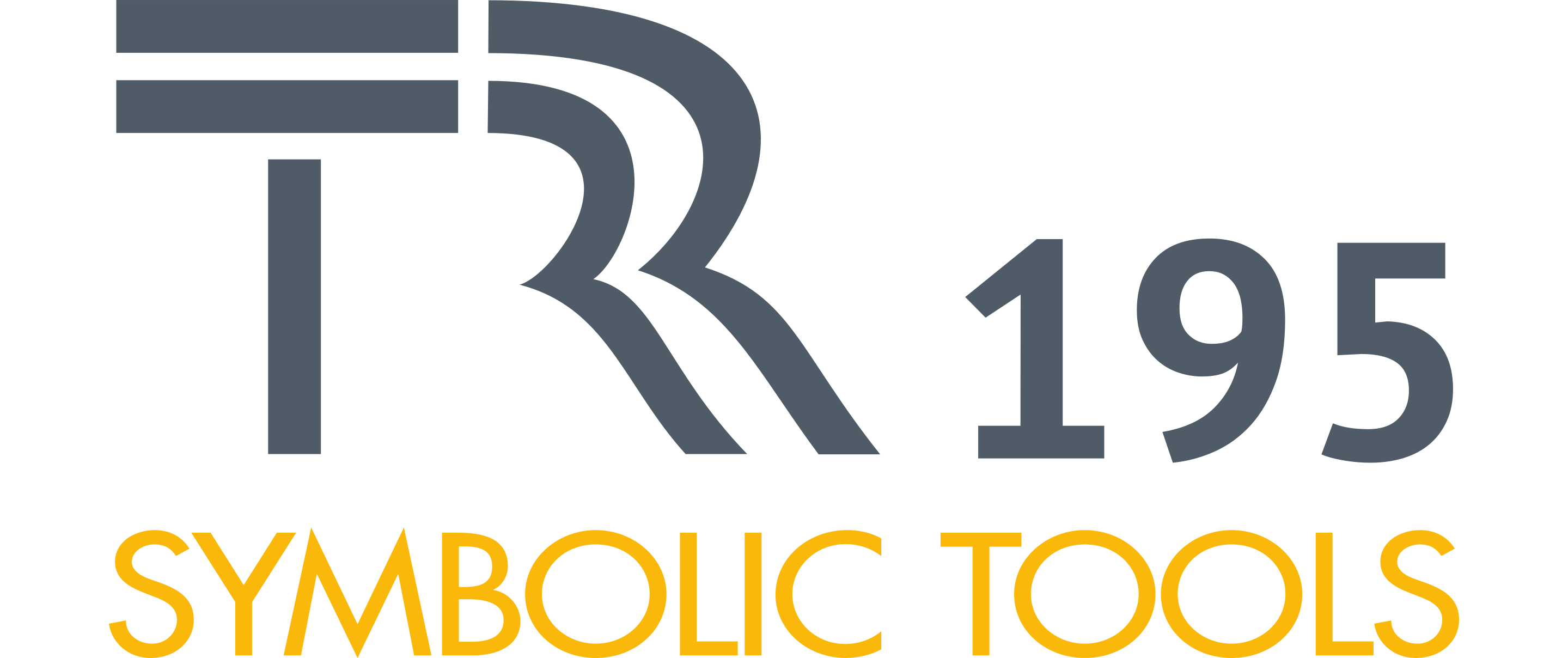This semester we will have two meetings with the IRTG-Seminar. The first one will take place in Saarbrücken, the second one during the retreat in Bad Münter am Stein.
First Meeting: Tuesday, 11th December 2018, 4 p.m., Saarbrücken, Seminarraum 6, E2.4
Abstracts of the first meeting
| Time | Name | Title |
|---|---|---|
| 16:00-16:50 | Ali Aslam | Algorithmic Galois Cohomology |
| 17:00 - 17:50 | Daniel Gromada | Computational aspects of partition categories |
Second Meeting: Tuesday, 19th February 2019, Ebernburg, Bad Münster am Stein.
| Time | Name | Title |
|---|---|---|
| 13:30-14:20 | Suri Mannaperuma | Determinant Computation over Number Fields |
| 14:30-15:20 | Sheng Yin | Inner rank in free probability and random matrices |
Abstracts of the second meeting
Abstract to Suri’s talk:
Most of the computations involving number fields and their rings and ideals are rooted in linear algebra. Many algorithms in linear algebra that compute over number fields or even rational numbers, or other finitely generated fields, face the problem called the intermediate coefficient swell (growing entries). To overcome this, in particular for the rationals or integers, the standard strategy is not to compute the number directly but to compute it modulo some other number M.
This can be computed using, either Chinese remaindering (M=p_1p_2..p_m) or a variation of Newton-Hensel lifting (M=p^m). Often, the final step of these algorithms combined with reconstruction methods, such as rational reconstruction to convert the integral result into the rational solution. This strategy has been used to tackle huge computations in linear system solving and determinant computation.
The state of the art method for computing the determinant over integers is due to Storjohan. To compute the determinant of the matrix A, first, we solve Ax=b (over the rationals) for a randomly chosen vector b, using Dixon’s algorithm. It is easy to see from Cramer’s rule, that the denominators inherent in the solution are a (large) divisor of the determinant. When generalising this to the number rings, we encounter the problem that denominator is an ideal. We use CRT based computations to obtain the determinant using the LLL algorithm. To prove the result, we can use the Hadamard bound but some efficient method has to be discovered.
Abstract of Yin’s talk:
For matrices over a noncommutative ring, there exist several ways to generalize the usual matrix rank in linear algebra. In this talk, we will introduce the notion of inner rank, which is a very natural definition for matrices over a general ring. In particular, this notion plays an important role in the theory of matrices over noncommutative polynomials and rational functions. Then we will show that this rank is equal to some analytic rank arose in von Neumann theory under certain conditions. More specifically, in a recent joint work with Tobias Mai and Roland Speicher, we found that for operators maximizing free entropy dimension, these ranks are equal. This means that these nice operators in free probability behave like formal noncommutating variables though they live in an analytic world. Besides we can also show that these operators actually generate the free field, i.e., the division ring of all rational functions, which further confirms this isomorphic relation between certain analytic and algebraic objects. On the other hand, this relation also have a nice meaning for the corresponding random matrices, which can be observed in the simulation for certain random matrix modes.
Some impressions of the meetings:
- 11.12.18 Ali Aslam
- 11.12.18 Ali Aslam
- 11.12.18 Daniel Gromada
- 11.12.18 Daniel Gromada
- Sheng-19February2019
- IRTG-19February2019
- IRTG-19February2019
- Suri-19February2019








